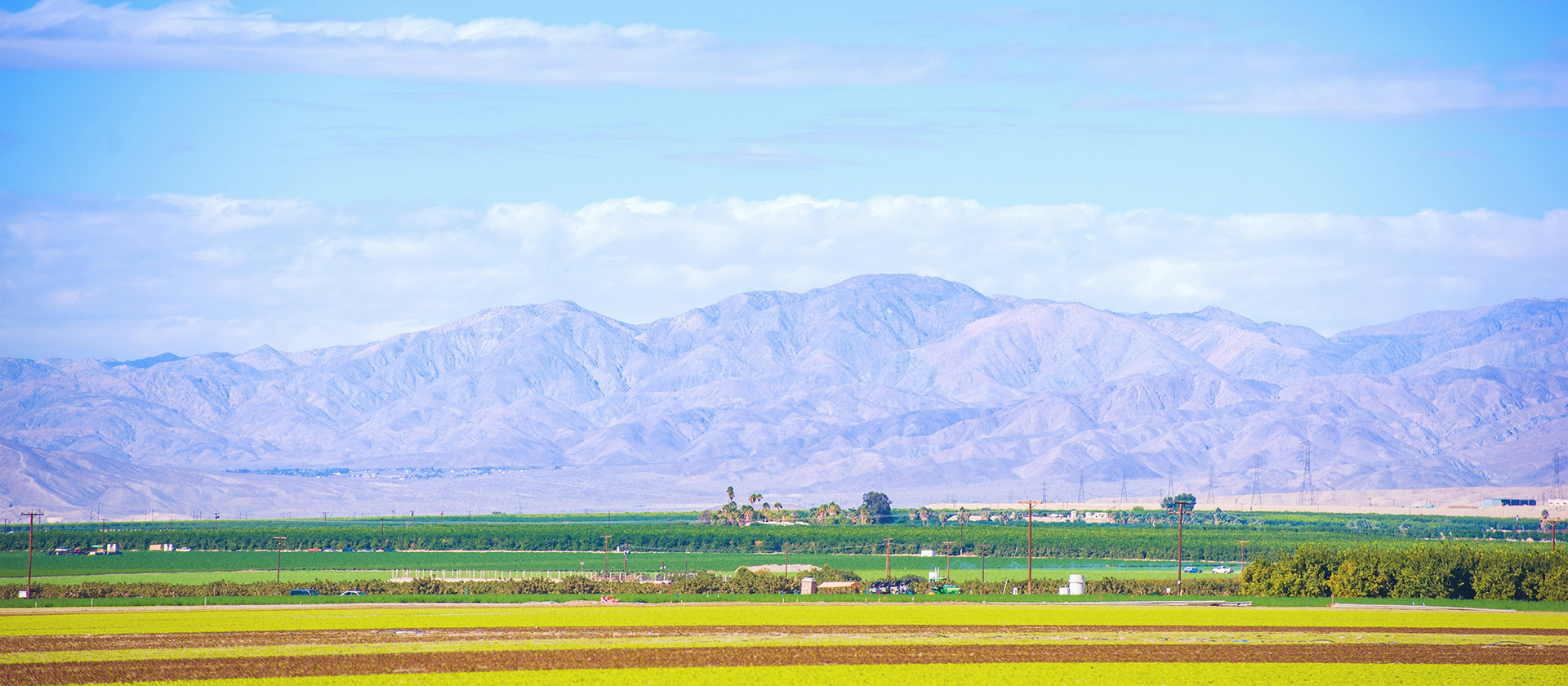The California Air Resources Board (CARB) draft 2022 Scoping Plan (The Plan), which assesses its progress toward the statutory 2030 greenhouse gas reduction target and lays out a path to achieve carbon neutrality by 2045, is monumental in many ways; it fosters a science-based approach to achieving carbon neutrality and exceeds currently established statutory emission reduction targets. The Plan is the first of its kind to name nitrous oxide (N2O) as a serious climate threat, and it includes proposed strategies to reduce N2O emissions. Further, The Plan analyzes the economic impacts of N2O, including the social costs of its emissions and the cost-effectiveness of implementing measures to reduce this type of emissions. This new focus signals an important, long-awaited shift toward developing broader and more effective strategies to fight climate change.
To date, conversations and policies addressing climate change have focused on strategies for curbing greenhouse gases, which is important, but they have not focused on the solutions that mitigate emissions beyond methane and carbon dioxide (CO2). N2O is frequently described as “the forgotten greenhouse gas,” and has been historically excluded from critical research and policymaking. The reality is that N2O is a potent, dangerous, and long-lasting climate pollutant. It is 300 times more potent than CO2. Over its century-long atmospheric lifespan, one kilogram of N2O gas warms the atmosphere 300 times more than one kilogram of CO2. Researchers at the Intergovernmental Panel on Climate Change (IPCC) estimate that N2O is responsible for about 6% of global greenhouse gas emissions. Given N2O’s potency and its natural presence in the agricultural sector due to the necessary use of fertilizer, this statistic is cause for grave concern.
A 2020 study showed that N2O emissions have increased about 30% over the last 40 years. This sharp increase has largely resulted from the agricultural sector’s attempt to feed a burgeoning global population. In fact, the global food system now accounts for 16%-27% of anthropogenic greenhouse gas emissions. Nitrous oxide plays a considerable role in agricultural greenhouse gas emissions because farmers must typically apply and re-apply synthetic nitrogen fertilizers to their soil multiple times a year to sustain favorable crop yields. The issue is that the crops often cannot absorb this sudden inundation of nutrients. As a result, the excess fertilizer then faces one of two fates; it either leeches into local waterways, wreaking havoc on marine ecosystems, or it is broken down by soil microbes and released as atmospheric N2O. If controlled-release and natural fertilizers were applied instead, this would help address potential nitrogen oversaturation.
Fortunately, CARB’s latest draft Scoping Plan explicitly identifies the need to mitigate N2O emissions. The Plan outlines strategies to reduce N2O emissions from croplands, including reducing synthetic fertilizer and pesticide use while helping to maintain or even increase cropland productivity through improved soil conditions. Specifically, The Plan emphasizes the deployment of climate-smart agriculture practices like whole-orchard recycling, riparian restoration, and on-farm energy generation. Further strategies include the expansion of financial mechanisms that support the ongoing deployment of organic agriculture and healthy soil practices. CARB staff also had the foresight to include a key strategy; to “increase opportunities for private and philanthropic investments in nature-based climate solutions, utilizing existing voluntary and compliance carbon markets, existing state and local programs…” which enable near-term opportunities for climate solutions like CleanBay.
Perhaps the most critical strategy proposed in The Plan is improving crop nitrogen use efficiency (NUE). In agriculture, NUE is determined by plant seed yield relative to the amount of nitrogen applied. Farmers can deploy a variety of strategies to improve NUE, such as early nitrate application to boost root development, intercropping of legume and non-legume crops, and improved water irrigation management. They can also adopt certain soil management methods to improve NUE, such as no-till farming, which has been shown to decrease N2O emissions over time.
The most beneficial strategy for improving NUE is to apply controlled-release fertilizers instead of their synthetic or raw manure counterparts. Controlled-release fertilizers are advantageous because they slowly and predictably release nutrients into the soil as needed by the plant. This allows for maximum plant uptake and minimal nitrogen loss. In short, transitioning to controlled-release fertilizer enables farmers to minimize soil, air, and water pollution while maintaining crop yields.
Climate-smart agriculture practices and improved NUE through the use of natural, controlled-release fertilizers, present an immediate opportunity to create long-term environmental benefits. To aggressively tackle climate change, it is imperative that N2O abatement receives the same consideration and focus afforded to other greenhouse gases like CO2 and methane. The efforts spearheaded by CARB in the draft 2022 Scoping Plan serve as an example for policymakers worldwide to develop more diverse and comprehensive strategies for reaching our climate goals.


